Garage Door Jerks When Opening? (We Have a Fix)

A garage door is more complicated than just your average front door. This huge metal contraption probably weighs more than you do. However, with a flick of your hand, or the press of a button it opens like magic.
Your garage door does this with some pretty complex mechanical parts. Sometimes these stick a little, and you want to solve this before it costs you a pretty penny in repairs.
First, look over your rollers, track, and weather stripping and check all parts for damage while cleaning and lubricating everything. Then, disconnect your garage door from the automatic opener, and feel its weight if its heavy replace its springs.
Do You Need a Garage Door Opener Repair or Adjustment?
Get free, zero-commitment quotes from pro contractors near you.

How a Garage Door Works
A garage door is a series of insulated metal panels that are linked and ride on rollers along tracks. This system would be extremely unwieldy to lift if not for a spring system that is stretched or twisted, depending on design, every time the door is lowered. This stored force helps the door to be lifted again.
How an Automatic Garage Door Opener Works
An automatic garage door opener is simply a small electric motor typically about ½ horsepower. Additionally, it uses a series of gears to turn a chain, belt, or threaded rod to draw the door up or push it back down.
Potential Problems with the Garage Door
The Garage door itself provides most of the lifting force through its springs, which can wear down, causing issues. Other problems can include damaged rollers, sticking weather stripping, and damaged or dirty tracks.
Check the Rollers and Hinges
The most common cause of garage door issues is probably damaged rollers. These should be checked along with the hinges and other hardware for binding and damage. If you notice the rollers squealing or squeaking as you close or open the garage door, they are likely the reason for a jerking door.
If this is the case, you may need to replace the rollers with an exact match of the old hardware. Make sure that the replacement is done correctly, as it will impact the lifespan and operation of your garage door. In fact, depending on your skills and experience, this may be best left to the pros.
In addition to the rollers, your garage door hardware may be causing it to jerk. Inspect all of the hardware, such as the screws and hinges, that hold the panels together and the track system in place. If you have loose hardware, they will be unable to support the weight of the garage door, resulting in jerky operation.
Cleaning the Tracks
The tracks of your garage door can pick up large crumbs or become clogged with grease and dust. This needs to be cleaned out.
To do this, make a 50/50 mix of white vinegar with water. Next, wipe down the tracks and rollers with it.
Weatherstripping
Weatherstripping can sometimes stick to your door or become difficult to move your door against. This can be caused by painting your door or by it just becoming dirty. Clean your weatherstripping and lubricate it with petroleum jelly or rubbing candle wax against it.
Garage Door Opener
The garage door motor is a simple electric motor attached to some form of a chain, belt, or rod that connects it to the door. Repairing an electric motor is beyond the scope of this tutorial.
Although, you might try one thing that will most likely fix it. Spray lubricant on the top of the track where the chain, belt, or rod lies. Then, wipe around it with a rag.
The Springs
The springs on your garage door are most likely centered or on or above the door. This coiled spring is under considerable tension when the door is lowered. It pulls upon rollers that coil a wire tethered to the bottom of your door.
If these springs wear down or become damaged or broken, it can make the door difficult or impossible to lift. By simply wearing down, they can make it a struggle for your opener to lift, causing it to jerk.
Testing The Springs
The best way to test if they are damaged is to first simply look over them for apparent damage. Then, simply lift your garage door by hand, disconnecting it from the opener if necessary (by using the pull cord). If it feels cumbersome at all, the springs are not doing their job well.
If the spring is damaged, it will need to be replaced. Should this happen, a professional will often charge $200 or more to do this. If you feel confident in your mechanical ability and choose to do this yourself, you can probably do this for less than $100.
Replacing the Springs
If the Springs you choose to replace your own springs, the procedures can differ depending on what kind of spring and setup. Furthermore, the two most common types of methods are for torsion springs and extension springs.
Before attempting to replace your springs, wear goggles and gloves to protect from jagged or flying metal!
Extension Spring
The extension spring is a long spring with a safety cable drawn in it. As the door is lowered, the long spring is pulled out.
To replace it, follow these steps:
- Lift your garage door to its farthest extent and clamp vise grips on the tracks to jam it open. If you have an automatic garage door opener, unplug it and disconnect it from the door using the pull cord.
- If your opener is not plugged into an electrical socket it may be wired into a subpanel. If this is the case carefully look for a circuit breaker controlling the line.
- Unhook the spring from the trackside of your door, followed by the pulley side.
- Disconnect the safety cable from either side and slide the spring off.
- Slide your new identical spring onto the cable and reattach the cable
- Hook the spring on in reverse order.
Torsion Spring
The torsion spring consists of one or two coiled springs above the center of the door. The springs attach to the bottom of the door on either side by a rod and pulley.
As the door is lowered, the coiled springs are wound tighter. As it is lifted, the springs unwind, helping raise the door. To replace the springs, follow these steps:
- Lift your garage door to its farthest extent and clamp vise grips on the tracks to jam it open. If you have an automatic garage door opener, unplug it now and disconnect it from the door using the pull cord.
- You will need a set of steel bars called winding bars to insert into the tightening cone onto the end of the spring. There will be 4 holes, and you will need 2 bars to unwind the spring
- After inserting 1 bar into a tightening hole, hold it firmly and release the set screw with your other hand. Then, after lowering the tightening rod as far as possible, insert the other rod into the next available hole and repeat.
- After all the tension is released, remove the hardware that secures the spring on the other side
- Disconnect the pulley and wire.
- Remove the old spring from the rod and slide the new one on.
- To reassemble, move in in reverse order of the disassembly.
DIY or Professional Repair
A jerking garage door is something that should never be ignored. Otherwise, you may end up with a burnt-out motor on your garage door opener. Should none of the aforementioned steps work for you or you just made things worse, you may have to call a professional.
While you may be able to perform minor repairs yourself, there are a number of elements to a garage door that can be dangerous. For example, since garage door springs are under such high tension they pose a serious risk of injury if they are mishandled or break.
As a homeowner you need to determine which repairs you can handle yourself and those that should be left for professionals. For best results, calling the experts is generally the best course of action.
If do decide to enlist the help of a professional, it will likely cost you around $200 to have your garage door repaired.
Do You Need a Garage Door Opener Repair or Adjustment?
Get free, zero-commitment quotes from pro contractors near you.

Related Questions
How Do I Adjust My Garage Door Opener?
Your garage door opener should have two knobs: one for speed and distance of travel, and one for reversing sensitivity. To tune these, follow these steps:
- Figure out which knob is which, if they are unmarked, check your owner’s manual, or call the manufacturer.
- Adjust the speed and travel distance knob slowly until the door becomes just even with the top opening of the door.
- Place a block of wood under the door opening and tell the door to close. You are testing for the lowest level of sensitivity on the knob that will make the door instantly reverse.
The Craftsman Opener’s remote sometimes just stops working. First, put new batteries in to make sure they are not dead then reprogram it.

I am a writer who enjoys working on home improvement projects. My husband was in the navy, so we moved frequently. This gave me many opportunities to fix up new places. In my spare time, I enjoy reading mysteries and hiking.
More by Lisa Borga



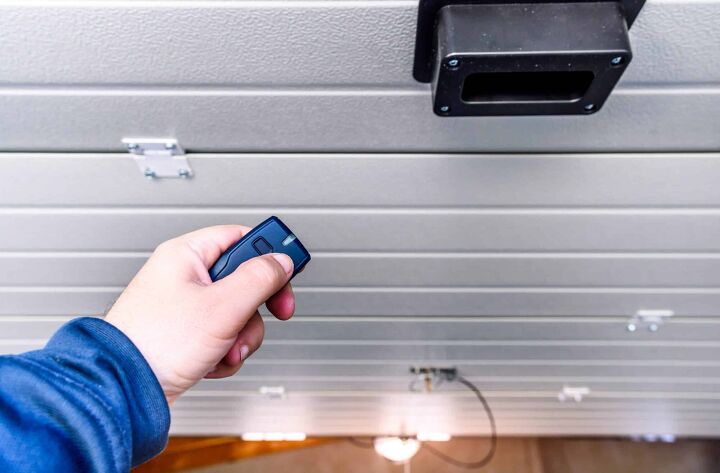
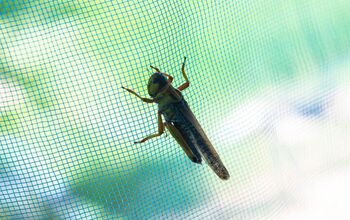






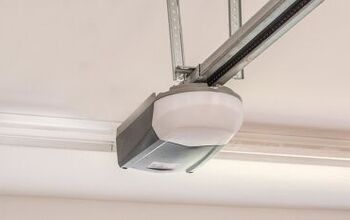
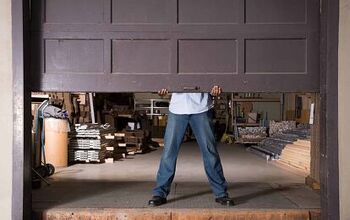

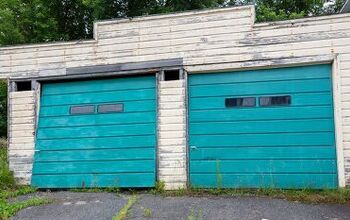








![10 Most Dangerous Neighborhoods in Baltimore [Updated]](https://cdn-fastly.upgradedhome.com/media/2023/07/31/9075655/10-most-dangerous-neighborhoods-in-baltimore-updated.jpg?size=350x220)



